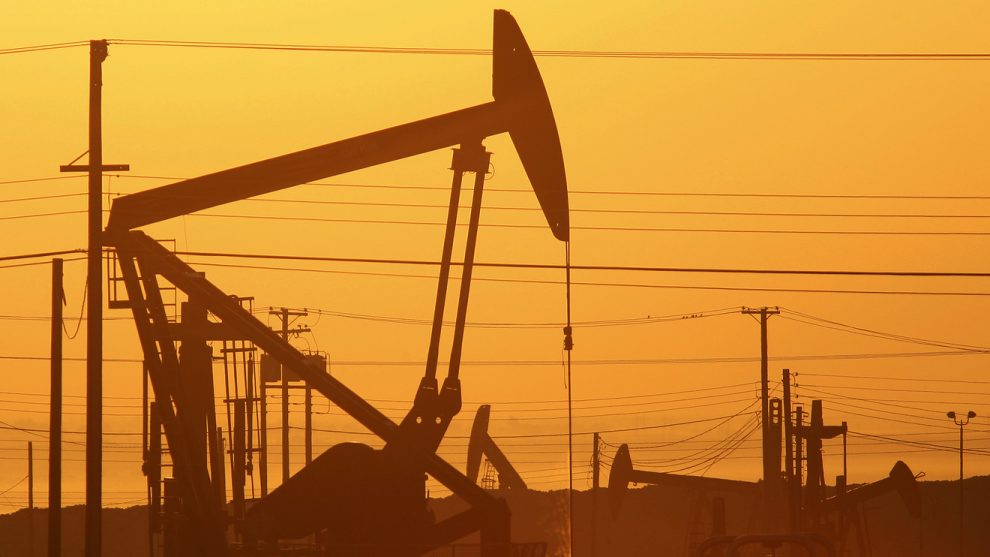
Oil prices headed modestly higher on Thursday for a second session, buoyed by better-than-expected U.S. job growth in June, after data a day earlier showed the biggest weekly domestic crude supply decline since 2019.
The Energy Information Administration reported Wednesday that U.S. crude inventories fell by 7.2 million barrels for the week ended June 26, coming after three consecutive weeks of increases. Analysts polled by S&P Global Platts had forecast an average crude supply decline of 2.7 million barrels.
Energy markets have also been keying in on increases in cases of COVID-19, however, with the U.S. hitting a single-day record of infections of more than 52,000, injecting some concern into crude markets about the impact of protocols to limit the spread on the economy and oil uptake.
Read:This commodity escaped the first half of 2020 drop in the energy sector
Oil “pretty much remains influenced by coronavirus related developments and factors influencing fuel demand,” Lukman Otunuga, senior research analyst at FXTM, told MarketWatch. Any gains for oil are “likely to be capped by risks around a new round of lockdowns due to rising coronavirus cases.”
On Thursday, West Texas Intermediate crude for August CLQ20, -0.20% rose 12 cents, or 0.3%, at $39.94 a barrel on the New York Mercantile Exchange, after gaining 1.4% on Wednesday. For the holiday-shortened week, oil is on pace for a weekly gain of 3.7%, according to FactSet data.
Global benchmark Brent oil for September BRNU20, +0.38% picked up 31 cents, or 0.7%, at $42.34 a barrel on ICE Futures Europe, after a 1.8% rally in the previous session. Brent oil is on track for a 3.4% weekly advance.
“Yesterday’s crude stockpile relief news in the U.S. was not a one-off event that traders forgot. A huge drop in inventories, much higher than most of the market expected, is clearly a booster factor,” wrote Louise Dickson, oil markets analyst at Rystad Energy, in a Thursday report.
Meanwhile, the U.S. added 4.8 million jobs in June and the unemployment rate fell for the second straight month to 11.1%, according to government data released Thursday.
“A strong U.S. nonfarm payroll report suggests the U.S. economic rebound continues and that crude demand should follow suit,” said Edward Moya, senior market analyst at Oanda, in a market update.
Back on Nymex, petroleum product prices also climbed, with August gasoline RBQ20, +0.55% up 0.9% at $1.2281 a gallon, Both contracts were looking at gains of roughly 6% from last Friday’s settlement.
August natural gas NGQ20, +2.63% traded at $1.717 per million British thermal units, up nearly 2.8%. For the week, it trades roughly 11% higher.









